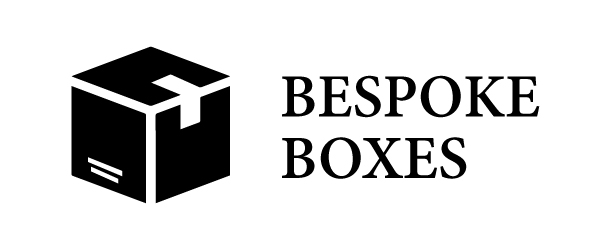The Problem with Takeaway Cups
Takeaway cups are no longer made from polystyrene and that’s great news for the environment. However, the change to paper cups has not addressed the recyclability issue. So, what is the problem with takeaway cups?
Paper Cup Recycling
The majority of takeaway cups are now made from paper. As we know paper and cardboard are among the most widely recycled packaging materials, this sounds like good news. However, it isn’t that simple.
Firstly, paper cups have a moisture-resistant coating. This is a practical element in cup design, yet many coatings are not recyclable. In addition, the cups come with different components, including lids and sleeves. This mix of materials greatly reduces the likelihood of recycling. What’s more, contamination from food and drink products is another issue.
Low Recycling Rates for Paper Cups
In the latest report by Biffa, it is revealed that only 1 in every 400 takeaway cups are recycled. That is a rate of 0.25%, a significant difference from the 70.6% rate for other paper and cardboard packaging. Biffa is calling on collaborative thinking to:
- Standardise the materials used in takeaway cup design
- Develop viable paper cup collections
- Increase specialist recycling facilities to recover materials
Equally, where paper cup bins are available, we should use these as instructed. That means separating components and not adding other waste into the bin. It might take a moment longer, but can help to increase recycling rates.
Better still, get used to carrying a refillable cup or mug. Most cafes are happy to supply drinks in refillable containers and some even offer a discount to customers that do.






